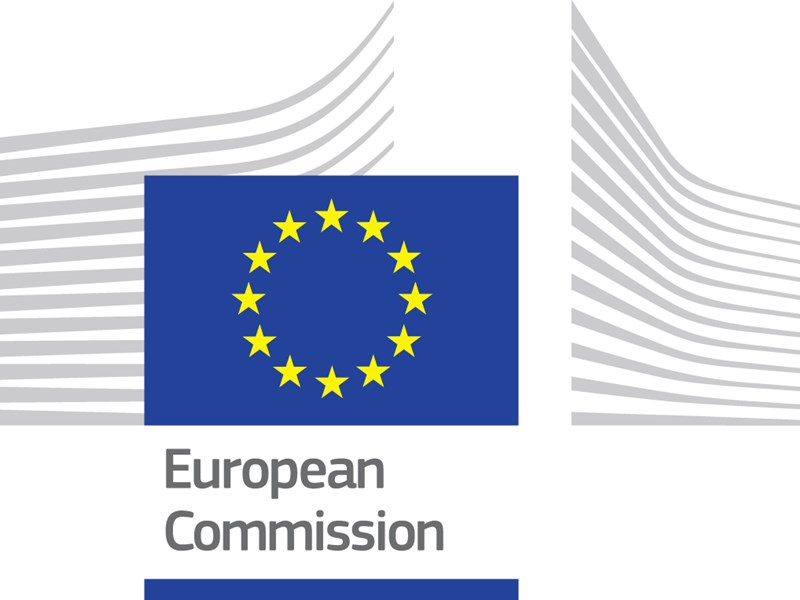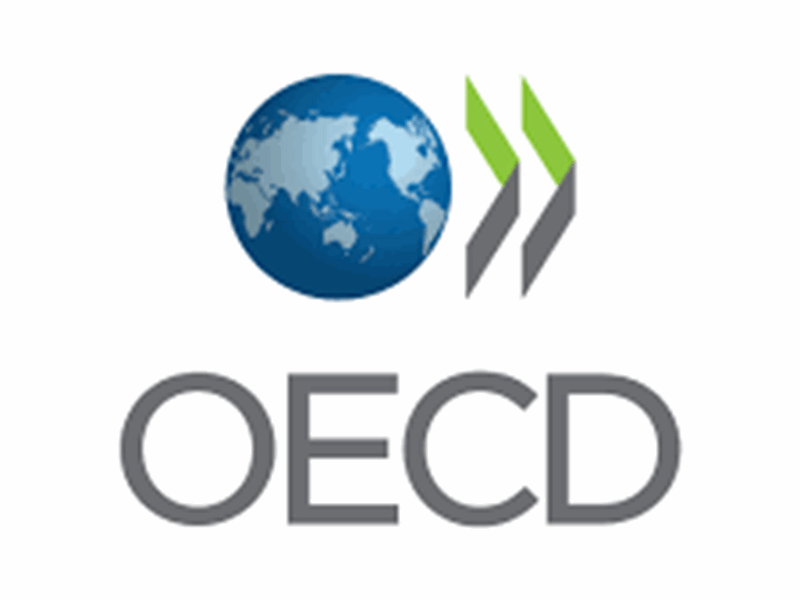Papers & Reports

Frequently Asked Questions on Pillar 2 Directive
The European Commission published an FAQ regarding the application of the EU's pillar 2 global minimum tax directive, along with the commission's responses.

Are Consumers Paying the Bill? How International Tax Competition Affects Consumption Taxation
Corporate tax policy developments are the result of inter-governmental competition for increasing mobile capital. This paper empirically investigates whether governments are substituting from corporate to consumption taxation due to tax competition. This is investigated by using a novel self-collected data set of corporate and consumption tax regime information. Additionally, this paper analyzes the rate-revenue relationship of tax instruments to evaluate the overall revenue implications of corporate tax competition. From the investigation, it is found that, on average, a one percentage point decrease in the corporate tax rate leads to a 0.35 percentage point increase in the consumption tax rate. These results indicate that the debate on corporate tax competition may overstate efficiency considerations and underestimate equity concerns.
Georg Thunecke, Are Consumers Paying the Bill? How International Tax Competition Affects Consumption Taxation (Max Planck Inst. Tax L. & Pub. Fin., Paper No. 26, 2023).

Macroeconomic Policy Questions: Promotion of Inclusive and Effective International Cooperation on Tax Matters at the United Nations
The U.N. General Assembly adopted a resolution that calls for the establishment of a member-state-led, ad hoc intergovernmental committee to develop and finalize a comprehensive convention on international tax cooperation.

Financial Constraints and Tax Planning: International Evidence
Firms experiencing financing constraints may increase tax planning if the associated cash savings outweigh any increased cost of capital caused by information asymmetry resulting from those tax planning activities. Prior research found that US firms facing this trade-off engaged in additional tax planning. This paper investigated this relation in an international setting and found opposing results. Specifically, this paper found a significantly negative association between tax planning and country-level financing constraints. This suggests that, outside the U.S., the transparency benefits of committing less tax planning outweigh any cash-saving benefits. The effect is more pronounced in settings where transparency is already lacking, and cost of capital is otherwise high. Overall, this paper shows that U.S. firms are unique in their approach to tax planning when facing financing constraints. This is likely due to the relatively low U.S. penalty for tax planning and the U.S. cost of capital being the lowest in the world.

Administrative Guidance on the Global Anti-Base Erosion Model Rules (Pillar Two), December 2023
This document sets out the third set of Administrative Guidance released by the Inclusive Framework and includes further clarifications on a number of key areas that will help MNE Groups transition into the GloBE Rules.
Destination Taxation of Corporate Income and the Emerging Implications
The international tax regime for the taxation of corporate income is undergoing reform and moving further towards destination taxation. This article highlights the new blueprints for the destination-based taxation of corporate profit, namely the OECD’s blueprint, the UN’s blueprint, and the destination-based cash-flow tax blueprint. The author argues that the current move towards the destination-based taxation of the corporate income of multinational enterprises (MNEs) will lead to the expansion of the source principle, diverging unilateral actions, and challenges to the standardization of the expanded source principle. Low-income states need to evaluate matters further before adopting any blueprint for destination taxation as part of their domestic legislation. Affluent market states may require expanded country-by-country reporting (CBCR) and anti-tax avoidance rules to regulate their tax competition for sales factors.
Tax In History: CFCs and Tax Treaties: Historical Elements for the IIR Debate
This article revisits the OECD Commentary’s position on the compatibility of CFC rules and tax treaties from a historical perspective. It highlights that the key technical argument behind the compatibility endorsed by the Commentary rests on the anti-abuse character of the rule. This backdrop is of relevance for the analysis of rules that purport to have a similar mechanism but that lack the anti-abuse character – including worldwide income taxation rules and the Income Inclusion Rule (IIR) under Pillar 2. The article posits that these situations are beyond the scope of the technical argument and, therefore cannot rely on the OECD Commentary to support their compatibility with tax treaties.
Pedro Guilherme Lindenberg Schoueri, Ricardo André Galendi Júnior, Tax In History: CFCs and Tax Treaties: Historical Elements for the IIR Debate (2024), 52, Intertax, Issue 1 [pre-publication], pp. 1-11.

Directions for International Tax Policy, A Response to Hanna and Wilson
Christopher Hanna and Cody Wilson argue in U.S. International Tax Policy and Corporate America that an international tax reform proposal focusing on maintaining low financial accounting effective tax rates could win over proponents of full current rate taxation of foreign income as well as U.S. publicly traded corporate America. They propose combining full current rate taxation of foreign income with a reduced overall corporate tax rate of approximately 15%. This, they assert, could be roughly revenue neutral or raise revenue. In this paper, the authors explain why they disagree with this assertion and provide several justifications for their position. They argue that a reduction in the corporate tax rate would increase the problem of income and wealth inequality and exacerbate distortions of current law. Again, they submit that with the adoption of the corporate alternative minimum tax by the United States in 2022 and the anticipated adoption by many countries of Pillar 2 qualified domestic minimum taxes, full current taxation of foreign income under Hanna and Wilson’s proposal would raise little or no additional revenue.
Shay, Stephen E. and Fleming, J. Clifton and Peroni, Robert Joseph, Directions for International Tax Policy, A Response to Hanna and Wilson (November 6, 2023). 48 The Journal of Corporation Law Digital 8 (2023).

Corporate Tax System Complexity and Investment
Effective policymakers must balance the demands of formulating a corporate tax system that spurs economic activity while promoting a level playing field across firms. However, tax systems have become more complex over time, increasing firms’ difficulty in understanding and complying with tax regulations. The paper explores the role of corporate tax system complexity in both objectives, using an international sample and measuring tax system complexity based on the average time firms spend to comply with the country’s tax regulations. Examining both capital and labor investment, the paper documents two key findings. First, firm-level investment is less sensitive to changes in corporate income tax rates when tax system complexity is higher, suggesting that such complexity can undermine the ability of tax policy to stimulate investment. Second, the impact of complexity on the sensitivity of investment to the tax rate varies significantly across firms, with domestic-owned, smaller, and private firms being more negatively affected by tax system complexity.
Amberger, Harald Johannes and Gallemore, John and Wilde, Jaron H., Corporate Tax System Complexity and Investment (October 1, 2023). WU International Taxation Research Paper Series No. 2023-11.

Effective tax rates of MNEs: New evidence on global low-taxed profit
Using a new dataset on the global activities of large MNEs, this paper provides new estimates of the distribution of effective tax rates of large MNEs across and within jurisdictions. The results show that low tax profit is common, and that substantial low-taxed profit exists outside low tax jurisdictions. It is estimated that high tax jurisdictions (jurisdictions with average ETRs of above 15%) account for more than half (53.2%) of global profits taxed below 15%, much more than very low tax jurisdictions (those with average ETRs below 5%) which only account for 18.7% of low-taxed profits. This suggests that an assessment of global low-taxed profit that focuses only on jurisdictions with low average ETRs could potentially miss out on more than half of global low-taxed profit.


































